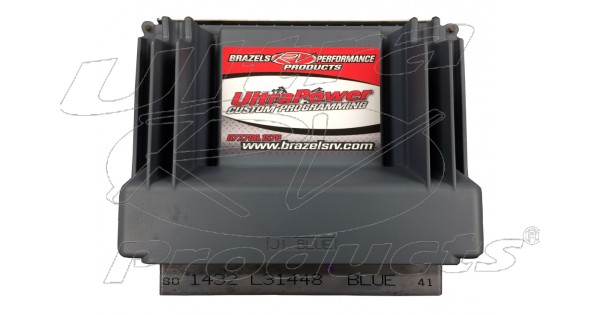


Every field fix or recall for an emissions or driveability problem created more part numbers to keep track of. Performance enthusiasts also liked replaceable PROMs because the chip could be replaced with one that provided more spark advance, fuel enrichment, a higher rev limit, etc., to squeeze more power out of the engine.īut replaceable PROMS had a serious drawback: there were too many of them! Every model year and every running change meant another PROM had to be created. It also meant that if a bug was later discovered in the original factory programming, it could be corrected in the field by simply replacing the original PROM with an updated corrected PROM (a tactic GM has successfully used over the years to fix many factory flaws). GM pioneered the replaceable PROM chip as a way of programming a limited number of basic PCMs to fit a wide range of GM makes and models.Ī replaceable PROM chip also meant the PCM could be "retuned" if necessary to correct certain kinds of emission or driveability problems. Up to this point, Program Read Only Memory (PROM) chips held all of the PCMs vital calibration information and operating instructions. GM knew OBD II was coming and that it would require a new generation of PCMs that were faster, more capable and able to be programmed electronically. The choice probably had more to do with production scheduling and new model introductions than profile or image. You'd think GM would have chosen a more high profile vehicle like a Cadillac or Corvette to usher in the new technology. Why a humdrum car like the Storm would be the first to receive a flash reprogrammable computer system is unknown. Would you believe flash reprogrammable PCMs have been in vehicles for over a decade? The first such application was the 1990 Geo Storm.

Follow the diagnostic procedure in the appropriate Service Information to determine the root cause.Posted by Alex (Im) E. These warning messages do not indicate an issue with the control module in question and that it should be replaced, only that the control module already has the calibration being programmed. Reprogramming with the same calibration is not recommended, but selecting OK again on the second warning message will allow the programming event to proceed. If OK is selected, a second warning will appear. Selecting Cancel will stop the programming event. Users who attempt to reprogram a control module with the same calibration will receive a warning message. On 2016 and older models, programming a control module with its current calibration is not prohibited, but is not a recommended service procedure. 1) Selecting OK will end the programming event. This is not allowed for the selected ECU.” (Fig. Users who attempt to reprogram a control module with its current calibration will receive the warning message “You are attempting to reprogram with the same calibration. On 2017 and newer models, reprogramming a control module with the same calibration that is already in the control module will be prohibited by SPS. This SPS change prohibiting reprogramming using the same calibration applies to all 2017-2018 Buick, Cadillac, Chevrolet and GMC models.

In an effort to decrease the number of unneeded programming events, reduce the risk of programming-induced faults, and support timely vehicle repairs, the Service Programming System (SPS) has been updated recently to prohibit or warn users against programming a control module with the same calibration that is already present in the control module.


 0 kommentar(er)
0 kommentar(er)
